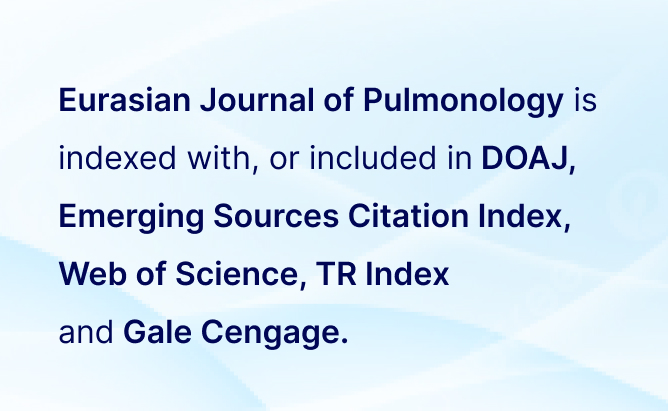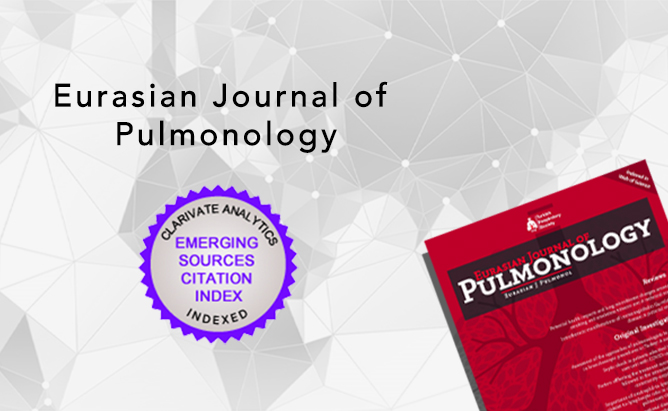2Department of Infectious Diseases, Faculty of Medicine, Gaziosmanpaşa University, Tokat, Turkey
Abstract
BACKGROUND AND AIM: Crimean-Congo hemorrhagic fever (CCHF) is a zoonotic disease caused by a virus belonging to the Bunyaviridae family. The aim of this study is to evaluate respiratory and radiological findings of cases and the impact on mortality.
MATERIALS AND METHODS: This retrospective study included patients who were diagnosed by the polymerase chain reaction test as CCHF and examined in terms of pulmonary and radiological findings. Two hundred and forty‑one patients reviewed retrospectively. Clinical, laboratory, demographic characteristics, pulmonary symptoms, examination and radiological findings, and treatment results were recorded, and data of all surviving and nonsurviving patients were compared.
RESULTS: A total of 241 patients (157 males and 84 females) were enrolled in the current study. The mean age of the patients was 49.7 ± 19.50 years. A total of 66 patients had chest X‑ray (CXR) findings, and the most common were ground‑glass opacity (n = 31, 33.7%), consolidation (n = 23, 25%), and pleural effusion (12%, 13%). The presence of respiratory system examination findings, pulmonary symptoms, and CXR findings were statistically significant in the nonsurvival group (P < 0.005).
CONCLUSIONS: Respiratory system findings seem to be an important factor in mortality patients with CHF cases, so we believe that detailed pulmonary evaluation and timely supportive treatment will be important in these cases.





 Ahmet Cemal Pazarlı1
Ahmet Cemal Pazarlı1 




